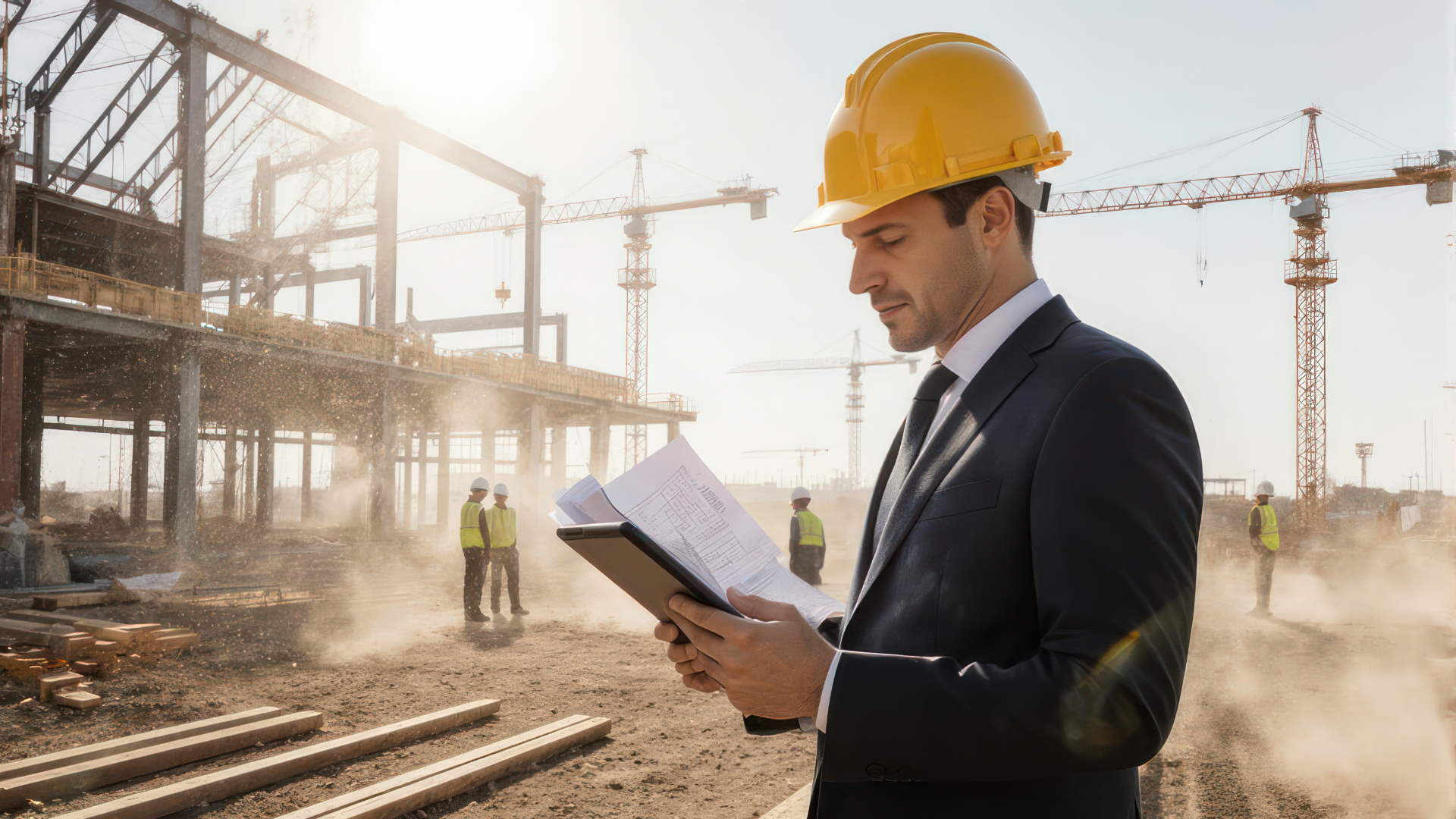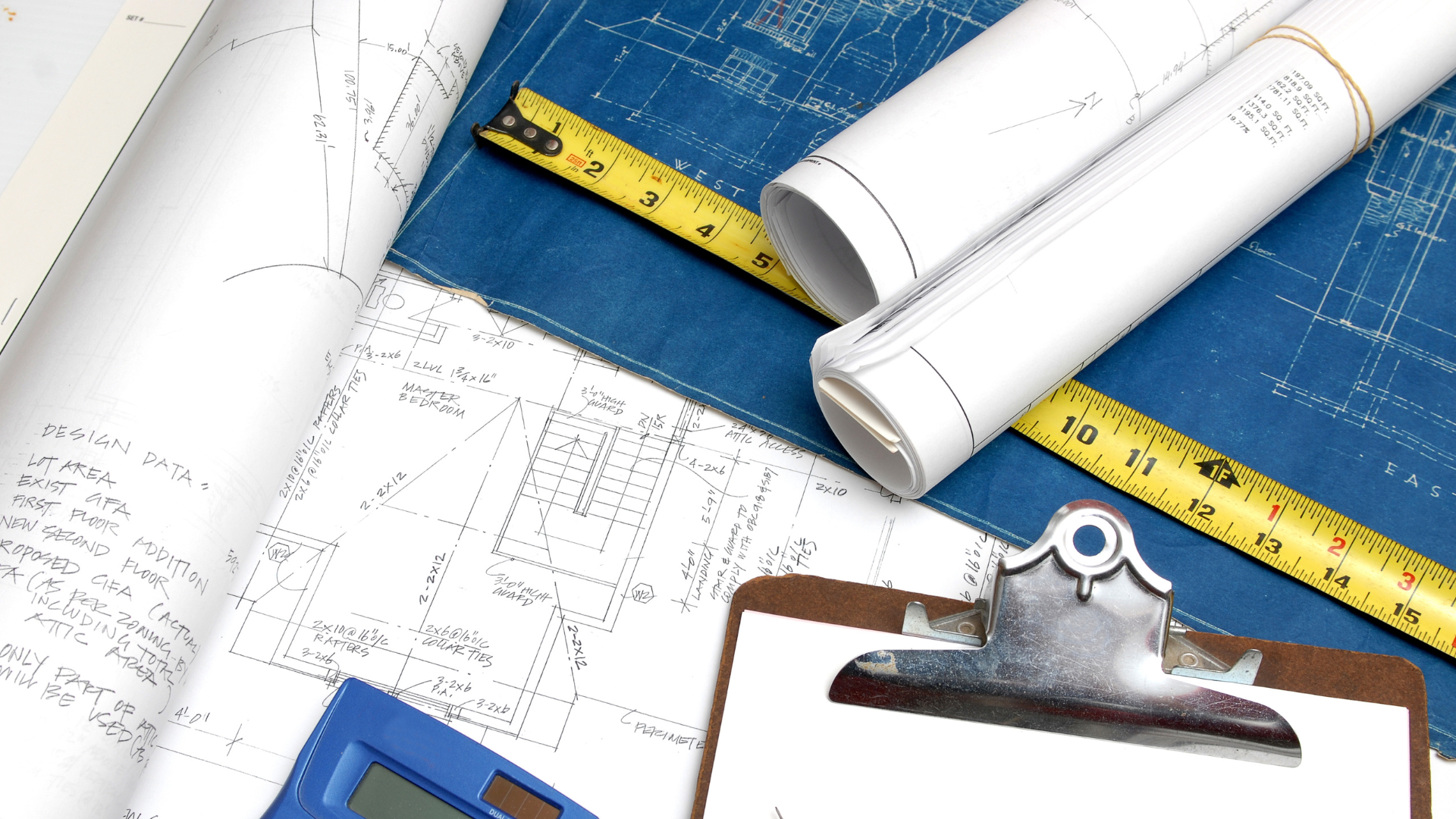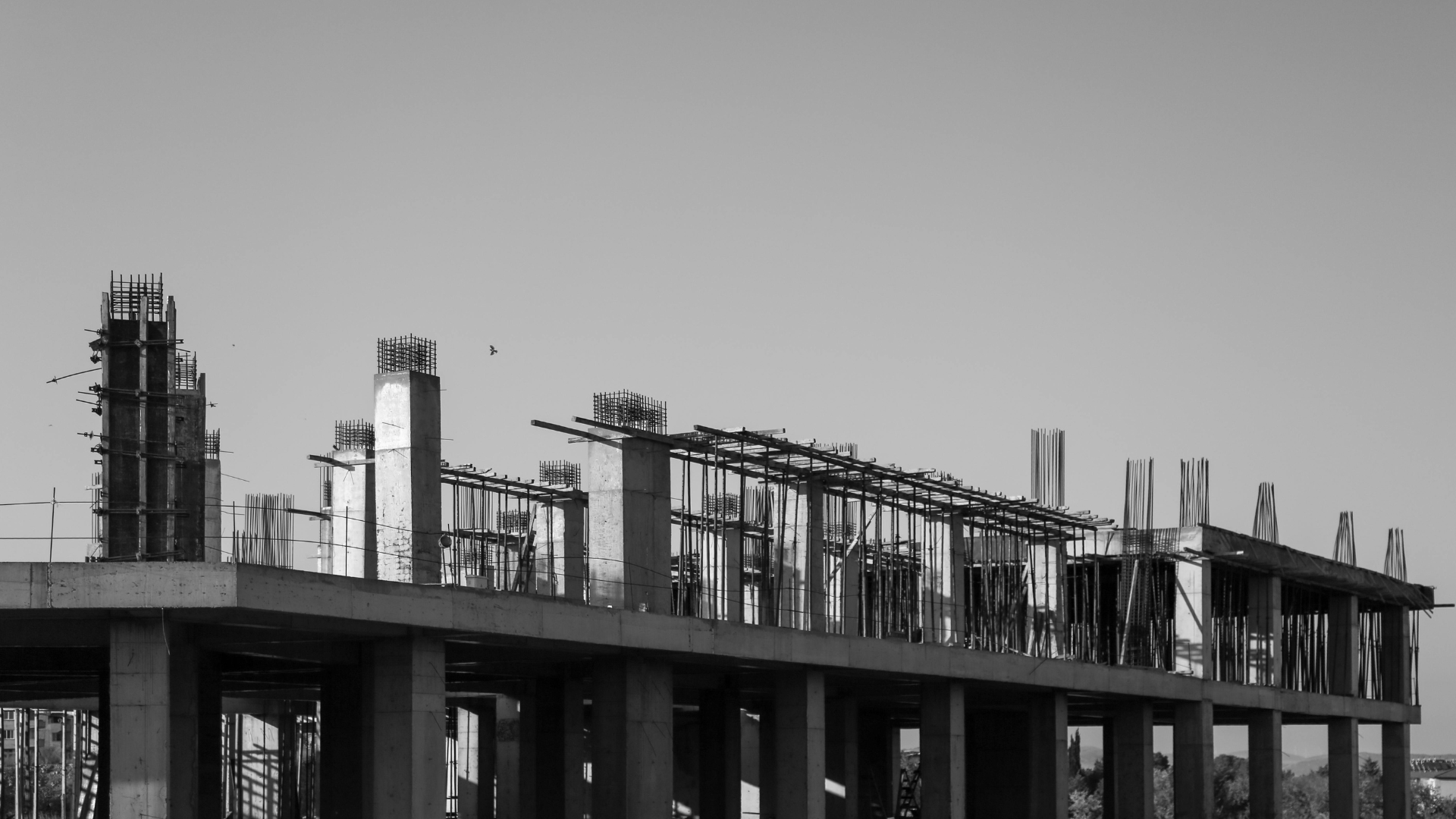Audio overview: Listen & Learn
Did you know? Canada's construction output is projected to reach CAD 256.42 billion by 2028, showing major growth potential.
And here’s a big question for today’s Canadian contractors: Are you still building with yesterday’s mindset with outdated tools, or preparing for tomorrow’s cities with advanced tools? Whether you are ready or not, Canada is advancing.
Urbanization is accelerating, and with billions allocated for infrastructure projects across provinces, you are not just building; you are shaping the future of how
Canadians will live, move, and connect for decades to come. And with these rising expectations, are you adapting to what’s coming next?
If you're a builder, planner, or simply curious about what Canada will look like in the next decade, here are the emerging construction industry trends Canada must know!
Construction in Canada: Trends to Watch
Canada’s construction sector is progressing, bringing fresh opportunities and challenges. With sustainable practices and innovative technology, you're heading towards a future that’s not just more efficient, but also much more digital and resilient.
Expect to see a rise in energy-efficient designs, modular construction, and infrastructure investments that will shape both urban and rural areas. Meanwhile,
changes in the supply chain and new regulations are shifting how builders plan and deliver projects. That's when you know it's time to upgrade!
Key Takeaways
- In Canada, growing awareness of climate change is driving governments and consumers to support more sustainable building practices.
- Faced with a labor shortage due to an aging workforce and immigration barriers, government initiatives, apprenticeships, and automation are helping create a more skilled workforce.
- Canada is experiencing a significant infrastructure and housing boom, driven by federal investment, growing demand for smarter cities, and the rise of mixed-use developments.
- Rising construction costs, driven by inflation and supply chain issues, are prompting Canadian builders to adopt local sourcing and digital inventory management tools for improved control and efficiency.
- Digital transformation, streamlined by technologies such as BIM, AI, and drones, is enhancing workflows, improving safety, and enabling faster project delivery.
- How does Constructionbase help? It provides Canadian businesses with real-time tools to enhance project efficiency, meet deadlines, and stay ahead of future trends today.
Overview of the Canadian Construction Industry
Canada's construction industry isn't just large; it's massive.
The construction industry acts as a strong economic driver, generating jobs, strengthening supply chains, attracting investments, and facilitating the growth of
other sectors.
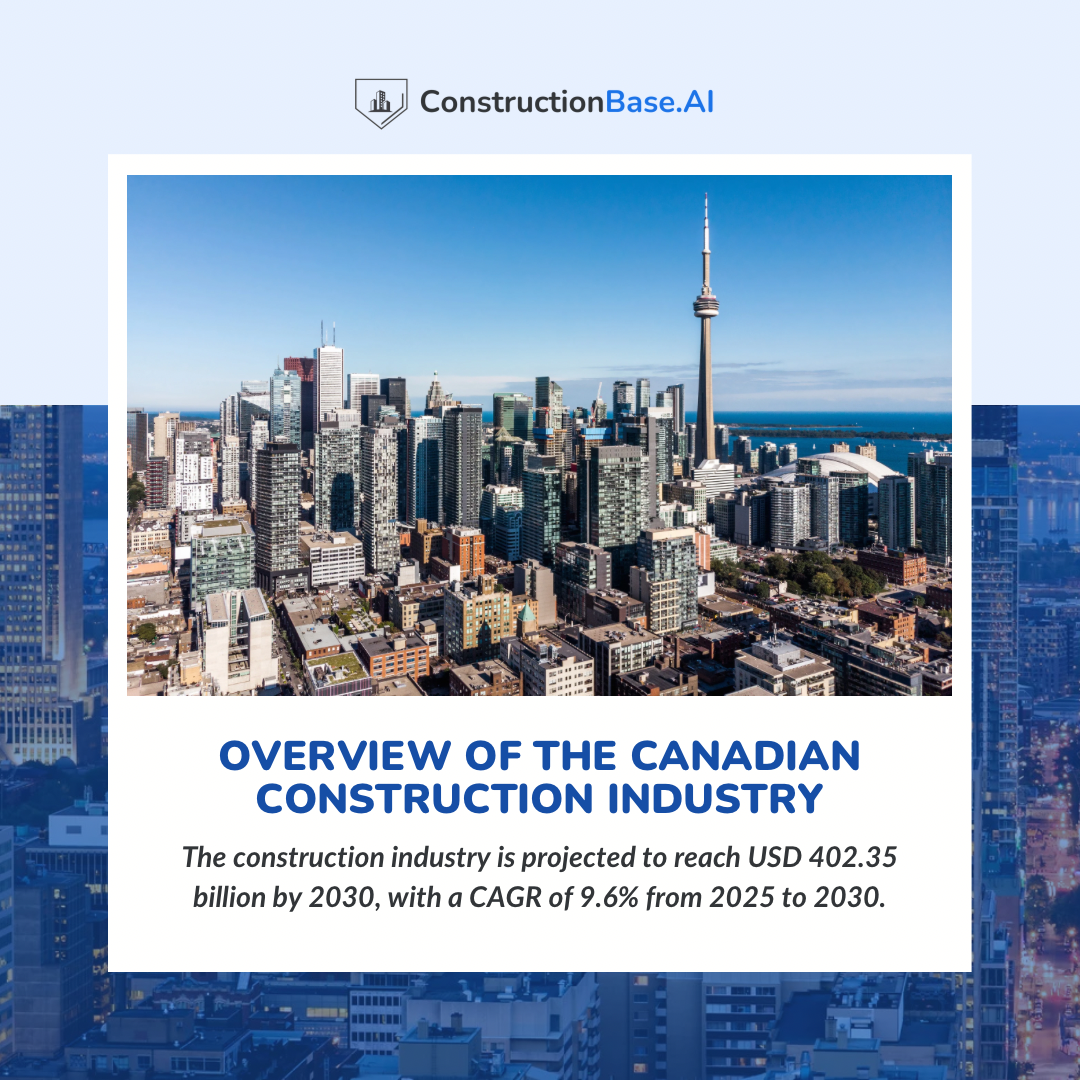
Let's see what the numbers have to say:
- The construction industry is expected to reach USD 402.35 billion by the end of 2030, growing at a compound annual growth rate (CAGR) of 9.6% between 2025 and 2030.
- Construction creates over 1.6 million jobs in Canada, generating employment in engineering, manufacturing, technology, and retail, and contributes around $162 billion annually, accounting for 7.5% of Canada’s Gross Domestic Product (GDP).
This industry doesn't just add to economic reports; it literally shapes them!
Now, let's find out what's fueling it.
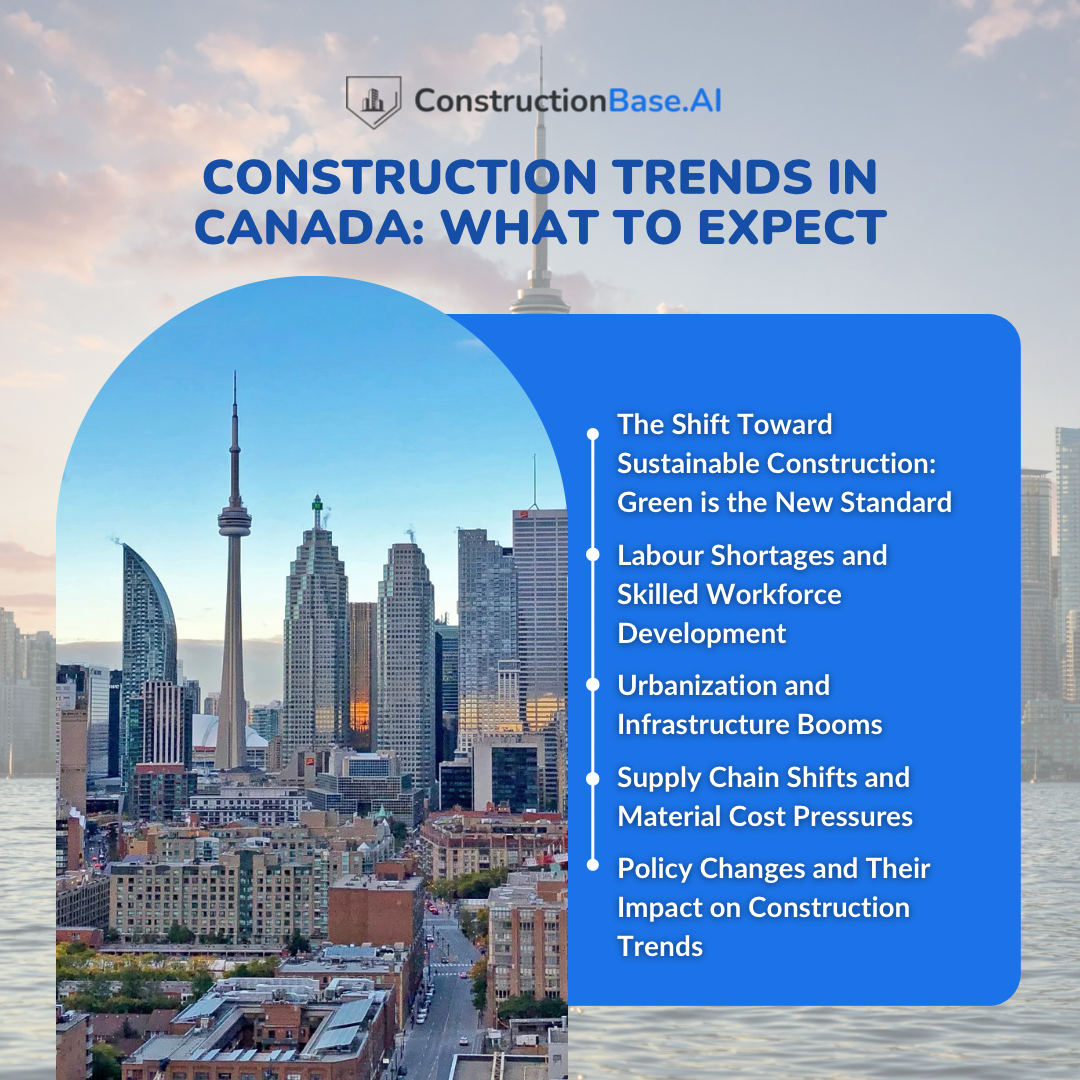
A. The Shift Toward Sustainable Construction: Green is the New Standard
Canada's construction sector just raised the bar of going green by about a thousand feet.
It's not just about putting some solar panels on a roof and calling it good. This is a new opportunity to reimagine how you build and what materials you use.
1. Energy-Efficient Buildings and Net-Zero Goals
Modern buildings are designed to help you achieve more with less: more performance, lower carbon emissions. Well, Canada is making it happen!
- Canada’s commitment is to cut greenhouse gas (GHG) emissions by 40-45% from 2005 levels by 2030 and reach net-zero emissions by 2050, with the construction sector playing a key role.
- Canada ranks second globally in the number of LEED-certified buildings, demonstrating a notable shift toward sustainable construction standards.
Understanding: What are LEED-certified buildings?
LEED (Leadership in Energy and Environmental Design) is the leading global standard for green building ratings, providing a framework for creating healthy, efficient, and cost-effective green structures.
2. Eco-Friendly Materials and Modular Designs
Sustainability is no longer about how a building functions, but it’s also about what it’s made of.
- Cross-laminated timber (CLT) is gaining popularity. Why? Because it is durable, sustainable, and captures carbon rather than releasing it.
- Next, there are recycled steel and hempcrete (a plant-based alternative to concrete), providing materials that are equally environmentally friendly and suitable for your project.
- Modular and prefabricated designs are capturing interest as it has been found that modular construction can speed up building timelines by 20% to 50% and reduce costs by up to 20%.
3. ESG Requirements Reshaping Project Planning
Climate disasters are costly, and stakeholders want their projects to survive both storms and scrutiny. It's when doing good is good business.
That's where Environmental, Social, and Governance (ESG) metrics play a huge role in determining your construction bids and investment opportunities.
ESG criteria cover three main areas:
- Environmental: Low carbon footprint of the construction site, waste recovery and recycling, and sourcing sustainable materials
- Social: Including local workers, having good working conditions, fair wages, and safety measures.
- Governance: Transparency in operations, ensuring regulatory compliance, and ethical standards
With increasing awareness of environmental issues among Canadians, this demand for sustainable building practices is on the rise.
B. Labour Shortages and Skilled Workforce Development
The cranes are prepared, and the plans have been finalized. However, one question remains on every Canadian job site: Where is the workforce?
1. Canada's Aging Workforce and Skilled Trade Gaps
A significant portion of Canada’s construction workforce is nearing retirement. It is estimated that 22% of residential construction workers will retire in the next ten years.
Although immigration has traditionally helped fill the gaps, a diminishing interest among younger generations, stricter policies, and delayed approvals are making it increasingly difficult to recruit a skilled workforce from abroad.
This has left many builders equipped with tools but lacking the hands to operate them.
2. Government Initiatives and Apprenticeship Programs
BuildForce Canada reports that the industry may experience a shortage of over 85,000 workers by 2033.
That’s not just a shortage, but a talent gap that delays projects, slows growth, and raises costs.
The positive update? Governments, organizations, and trade schools are increasing their initiatives. Here's what you can expect:
- The Canadian Construction Association (CCA) urges the federal government to eliminate bias in the immigration point system and increase points for applicants with trade or construction experience.
- They collaborated on the Canadian Apprenticeship Service, a federal initiative offering financial incentives to small and medium-sized employers for hiring and training first-year apprentices in 39 Red Seal trades.
- This program helps employers hire apprentices and promotes skilled trades as a top career for youth, women, Indigenous Peoples, LGBTQ+ individuals, immigrants, and foreign workers.
This is the support that matters on the job site. Because let’s be honest: Canada doesn’t just need workers; it needs the right ones.
3. Rise of Automation and Robotics to Fill the Void
While humans remain at the center of the job site, robots are becoming dependable co-workers.
From robotic bricklayers and autonomous site surveyors to 3D-printed building components, automation is helping to alleviate the strain on labor where it is scarce.
- For example, a single 3D printer can create walls in 24 to 48 hours, a task that would take a traditional crew several days to complete manually.
- Robotics also improves safety by handling high-risk or repetitive tasks.
Tech cannot replace every role. However, it can provide us with time to train and equip a new generation of skilled workers.
C. Urbanization and Infrastructure Booms
Think big. No, think even bigger. Now add a few billion dollars, and you're beginning to understand Canada's current infrastructure spending.
1. Major Public Infrastructure Investments
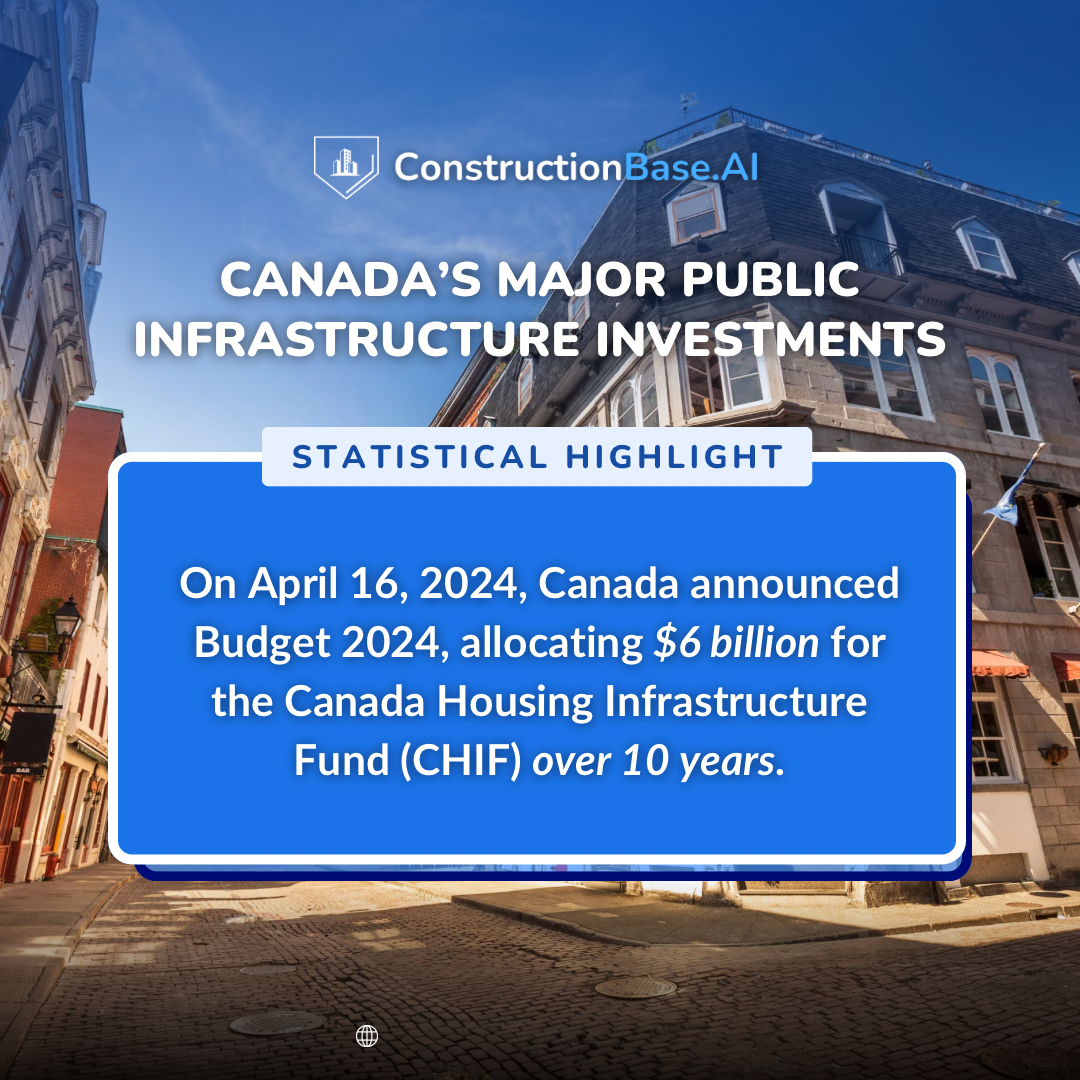
Take a look at this:
- On April 16, 2024, the Government of Canada unveiled Budget 2024, allocating $6 billion in federal funding for the Canada Housing Infrastructure Fund (CHIF) over the next 10 years.
- In January 2025, investment in residential building construction rose by 2.4% compared to the previous year.
This goes beyond simply adding roads and rail; it focuses on creating smarter cities that facilitate cleaner energy, improved traffic flow, and modern public services.
In a nutshell, imagine a future where your daily commute could be faster, quieter, and potentially electric.
2. High-Density Residential and Mixed-Use Projects
Canada's rapidly growing urban population is placing considerable strain on its current infrastructure and housing, thereby increasing the need for new residential and mixed-use projects.
- Major cities, such as Toronto, Vancouver, Calgary, British Columbia, and Montreal, are experiencing rapid population growth due to high immigration rates.
- To accommodate this urban expansion, there is an increasing demand for high-density housing, transit-oriented developments, and integral public infrastructure, such as schools, hospitals, and transit systems.
D. Supply Chain Shifts and Material Cost Pressures
Wondering: Why is everything more expensive now? Your answer is right below:
1. Inflation, Tariffs, and Global Disruptions Impacting Budgets
Global disruptions following the pandemic, inflation, and tariffs have led to ongoing volatility in material pricing, particularly for essential commodities such as steel, concrete, and lumber.
That's why tariffs on imported materials continue to impact cost planning for residential and commercial construction.
Simply put: the cost to build has gone up and stayed up.
2. Local Sourcing and Inventory Digitization Trends
However, the industry isn’t standing still. Builders and suppliers are finding creative solutions.
- An increasing number of Canadian companies are procuring materials domestically, thereby minimizing reliance on uncertain international suppliers.
- At the same time, a tech shift is underway: cloud-based procurement and inventory platforms are gaining traction, helping contractors to track stock, manage lead times, and avoid last-minute surprises.
Digital tools, such as Constructionbase's real-time dashboards and automated inventory systems, are now as essential as a drill machine on today's jobsite.
And this helps more than you can imagine!
E. Policy Changes and Their Impact on Construction Trends
Canada's construction industry is expected to expand by 2.6% in real terms in 2025, driven by a revival in demand, as indicated by the rise in building permits nationwide. Reason?
1. Building Codes and Energy Regulations Update
Canada’s construction rules are becoming greener and stricter.
- The latest updates from the National Energy Code are promoting higher energy efficiency standards for residential, commercial, and industrial buildings.
- Builders are encouraged to adopt climate-resilient infrastructure, including storm-resistant designs, flood-mitigation strategies, and materials that endure extreme cold.
Why is there a push? Climate change isn’t a future threat; it’s already here. Governments are using policy to ensure that today’s constructions are prepared for tomorrow’s challenges.
2. Permitting, Zoning, and Environmental Review Reforms
If the delays in obtaining permits have ever driven you to frustration, there’s a positive update: Canada is simplifying its permitting and zoning procedures.
- New reforms aim to expedite approvals, a much-needed change, especially as Canada seeks to close its housing supply gap.
- Simultaneously, policies are placing greater emphasis on biodiversity and environmental effects, which means that developers must incorporate green spaces, wildlife protection, and sustainability in their initial planning stages.
Yes, it’s more responsibility, but it’s also a chance to build better, not just faster.
F. Digital Transformation: Technology Driving Smarter Projects

The new construction era is finally here! Digital tools, BIM, and construction-specific software open up exciting new opportunities for upgrading project delivery methods in the Canadian construction sector.
1. BIM and 3D Modeling Becoming Industry Standard
How about creating buildings even before they're constructed?
Well, it's now possible with Building Information Modeling (BIM) and 3D modeling.
- Using BIM, teams can virtually design, test, and refine projects before starting any physical work.
- It minimizes rework, shortens delays, and enhances collaboration among architects, engineers, and contractors.
Did you know?
55% of companies utilize BIM software, and 81% report enhanced workflows.
2. Drones, IoT, and AI Changing Job Sites
If BIM is changing the way you plan construction, then drones, Internet of Things (IoT) devices, and AI are transforming how you execute those plans.
- Drones now perform aerial inspections, map work sites, and track progress in real-time, with no need to climb dangerous scaffolding.
- IoT wearables monitor worker safety and equipment usage, providing managers with actionable data in real time.
- AI-driven analytics help predict equipment failures, optimize resource allocation, and even forecast project risks.
Combining BIM with technologies such as artificial intelligence (AI), the Internet of Things (IoT), and cloud computing enables predictive maintenance and real-time data sharing.
3. Construction Management Software Adoption Rising
If all these technologies are individual tools, then construction management software acts as the conductor, bringing them together.
Contemporary construction management platforms, such as Constructionbase, do not focus on a single aspect of a project; instead, they unify all aspects, including construction project management, estimating, scheduling, CRM, and reporting, into a single integrated system.
See how:
- For Workers: Technological advancements become a catalyst for enhancing human abilities, rather than replacing workers. Intelligent tools improve job safety, efficiency, and often add interest.
- For Clients: Projects are increasingly predictable, with better communication, fewer surprises, and superior quality outcomes.
- For the Environment: Digital tools facilitate more efficient material usage, minimize waste, and lastly, energy management.
- For the Economy: The construction industry is one of the largest contributors to solid waste in landfills, and digital transformation is directly addressing these waste issues.
So yes, it’s about buildings. But more than that? It’s about momentum. And Canada has it.
Learn more about the Advantages of incorporating construction software into your business processes.
Future Outlook: Construction Industry Trends Canada Must Know
What future Canadian construction will look like: What is the catalyst behind it?
> Smarter, Greener, More Resilient
If today’s job websites seem advanced, wait for what’s next.
The future of construction in Canada is not merely about increasing the number of buildings; it’s focused on improving its quality.
Over the next decade, you will witness innovation, regulation, major investments, and significant growth that will transform every facet.
- Expect AI-driven design tools, robot-assisted construction, and digitally connected teams that can manage entire projects in real-time.
- Sustainability will not merely be a checkbox; it will serve as the foundation. Net-zero buildings, low-carbon materials, and circular construction practices will become standard.
> Opportunities for Companies to Adapt and Lead
So, where does your company fit into this future?
The answer is right here, as long as you’re open to evolving!
If you adopt digital tools, enhance your teams' skills, and integrate sustainability into your strategy, you will not only survive but also thrive as leaders.
Why is investing in upskilling programs necessary?
- Because the construction industry in Canada is experiencing an aging workforce, while younger employees seek technologically advanced and meaningful careers.
- Adopting technology, whether it's construction management software or digital twins, has become a competitive advantage.
And that's how the buildings of tomorrow will be: Smarter. Stronger. And designed to last generations.
Discover how much money you might be wasting without the right construction management tools!
How Constructionbase Assists Canadian Companies in Staying Ahead of These Trends

You need an advanced tool like Constructionbase if you're building for a busier and bigger Canada. Here's why:
1. Built for Canadian Builders
Designed specifically for the unique requirements of Canadian construction companies, Constructionbase empowers firms to not only keep pace but also take the lead.
Whether you're overseeing a downtown high-rise or a sustainable infrastructure initiative, it provides support at every stage.
2. End-to-End Project Management for Modern Construction Needs
You name it, Constructionbase manages it!
It is designed for construction professionals seeking more than basic software features like project management, estimating, scheduling, takeoffs, and tracking, all accessible through a single, intuitive interface.
3. Reporting and Compliance Tracking
Constructionbase makes your most time-consuming task simple.
With integrated dashboards, live data logs, forecast periods, and compliance checklists, it helps monitor environmental effects, safety standards, and quality measures without overwhelming paperwork.
4. Inventory, Labor, and Budget Optimization
Let’s face it, in a competitive landscape of material shortages and rising costs, no one has time for guesswork.
Constructionbase provides real-time insights into your materials, labor, and expenses. Need to monitor the status of your steel shipment or what's impacting your budget? You’ll find out right away.
With tools that support sustainable practices, optimize construction services, and streamline everything from trend analysis to reporting, Constructionbase empowers firms to build what’s next, starting now!
Here's An In-Depth Look at the Actual Features of Construction Project Management Software.
Laying the final brick
Whether you are managing the demands of commercial building construction, restoring existing structures, or expanding in the residential sector, you must upgrade to advanced tools that will help you keep pace.
From billion-dollar infrastructure projects to vibrant, modern neighborhoods, it's about transforming communities and creating spaces where people feel truly at home.
That's where Canada is establishing the foundation for a new kind of future: one that’s greener, faster, and wiser.
The only question now is: Are you excited to make tomorrow even better?
Constructionbase #1 Construction Management Software
Be the builder of tomorrow, starting today with Constructionbase!
Book your personalized demo here!
FAQ's
1. What is the construction industry forecast for Canada?
As of now, the Canada Construction Market size was valued at USD 252.61 billion in 2024 and is expected to reach USD 254.95 billion by the end of 2025. In the future, the market is projected to reach USD 402.35 billion by 2030, with a 9.6% CAGR from 2025 to 2030.
2. What challenges does the Canadian construction sector face?
The Canadian construction industry faces labor and housing shortages, skills gaps, material cost fluctuations, and economic factors such as interest rate changes and government policies, causing project delays and increased costs.
3. What are the key trends shaping Canada’s construction industry today?
Key trends include energy-efficient designs, the adoption of construction management software, labor development, significant investments in public infrastructure, a shift toward green practices, and the use of digital tools for smarter and faster building.
4. How does Constructionbase help improve project efficiency for Canadian construction companies?
Constructionbase streamlines your workflow by providing real-time market data, efficient scheduling tools, and clear insights into your construction activities. You can track and adjust project timelines in real-time, keeping everything on budget and on target.
Have questions or need personalized advice?
Talk to an Expert Today and let our construction specialists guide you to success.





